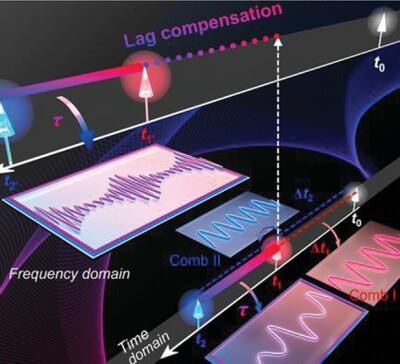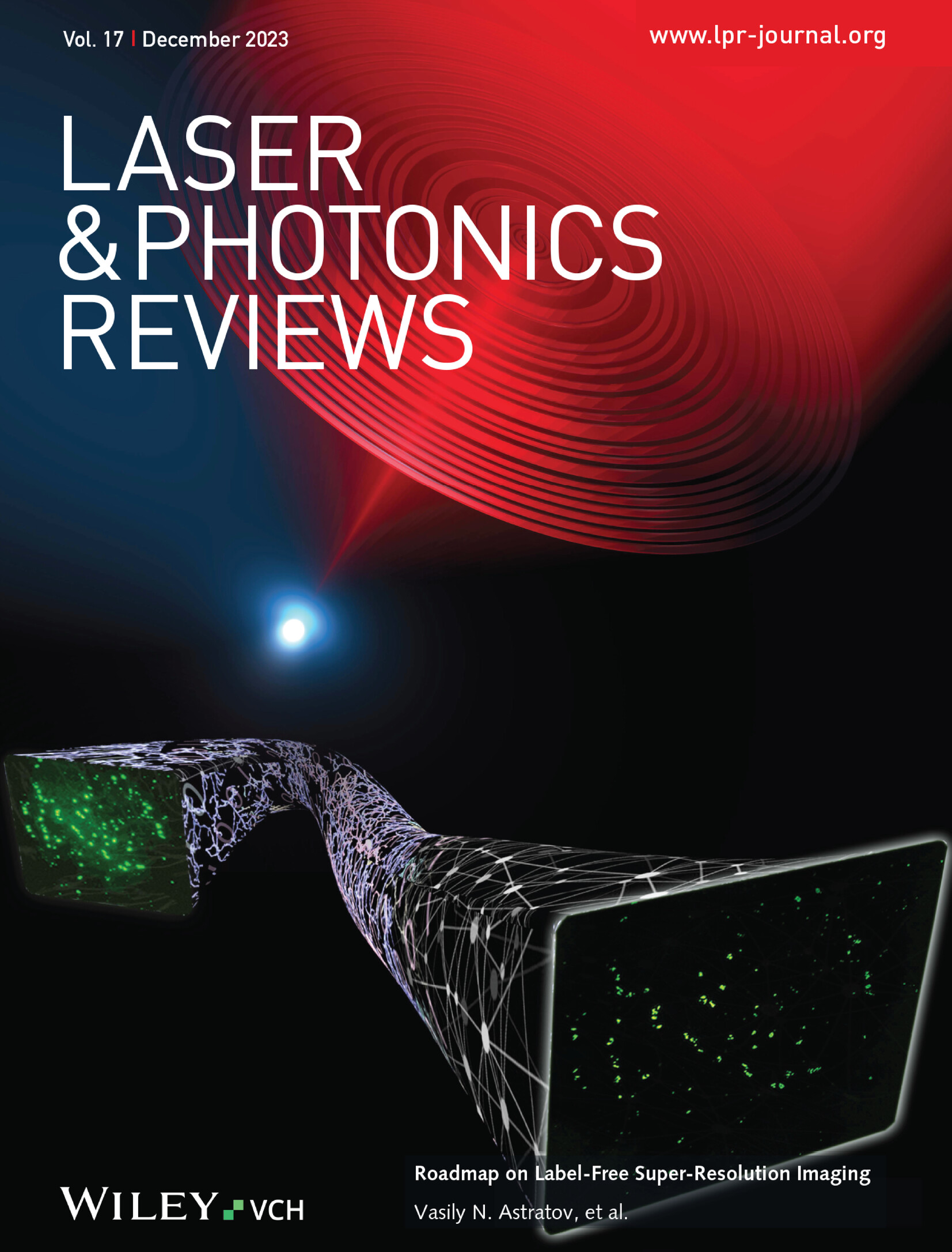Lag-Compensated Hyperfine Terahertz Dual-Comb Interferometer beyond Intrinsic Resolution and Sensitivity
IF 9.8
1区 物理与天体物理
Q1 OPTICS
引用次数: 0
Abstract
Optical coherence with high precision and sensitivity holds achievements in communication, metrology, and sensing. The optical vernier effect generated by the dual-comb interference highlights coherence technology to heighten accuracy and sensitivity, particularly in the visible and infrared bands. However, the maturity in the frequency domain of the optical coherence may overshadow its attributes in the time domain, which are limited to enhancing comprehensive performance. This work provides a lag compensation technology in the time domain that enables hyperfine interference spectrum and vernier ultra-resolution, verified by a cascading terahertz dual-comb interferometer. This strategy proves a 71.4 times improvement in the vernier resolution beyond the intrinsic resolution, reaching the Nyquist sampling limit without necessitating unique optical materials or compromising device geometry. Furthermore, a universal Lag-Interference-Sensitivity correlation is established to guide an ultra-sensitivity of 1.4 × 104 GHz·RIU−1 within the 0.2–1 THz range, defying two orders of magnitude compared to the existing reports. Finally, the application in biochemical sensing, reaching a sensitivity of 2.63 GHz·mm2·ng−1 and an accuracy of 0.59 ng·mm−2, outperforming current reports and stimulating further exploration of ultra-sensitive terahertz biochemical on-chip sensors, is demonstrated. This validation proves an appealing scheme for precision metrology and high-resolution vernier sensing.

具有高精度和高灵敏度的光学相干技术在通信、计量和传感领域取得了丰硕成果。双梳干涉产生的光学游标效应凸显了相干技术在提高精度和灵敏度方面的优势,尤其是在可见光和红外波段。然而,光学相干在频域上的成熟可能会掩盖其在时域上的特性,使其仅限于提高综合性能。这项工作提供了一种时域滞后补偿技术,可实现超精细干涉频谱和游标超分辨率,并通过级联太赫兹双梳状干涉仪进行了验证。这一策略证明游标的分辨率比本征分辨率提高了 71.4 倍,达到了奈奎斯特采样极限,而无需使用独特的光学材料或损害器件的几何形状。此外,还建立了普遍的滞后-干扰-灵敏度相关性,从而在 0.2-1 太赫兹范围内实现了 1.4 × 104 GHz-RIU-1 的超灵敏度,与现有报告相比提高了两个数量级。最后,演示了在生化传感中的应用,灵敏度达到 2.63 GHz-mm2-ng-1,精确度达到 0.59 ng-mm-2,优于现有报告,激发了对超灵敏太赫兹片上生化传感器的进一步探索。这一验证证明了精密计量和高分辨率游标传感方案的吸引力。
本文章由计算机程序翻译,如有差异,请以英文原文为准。
求助全文
约1分钟内获得全文
求助全文
来源期刊
CiteScore
14.20
自引率
5.50%
发文量
314
审稿时长
2 months
期刊介绍:
Laser & Photonics Reviews is a reputable journal that publishes high-quality Reviews, original Research Articles, and Perspectives in the field of photonics and optics. It covers both theoretical and experimental aspects, including recent groundbreaking research, specific advancements, and innovative applications.
As evidence of its impact and recognition, Laser & Photonics Reviews boasts a remarkable 2022 Impact Factor of 11.0, according to the Journal Citation Reports from Clarivate Analytics (2023). Moreover, it holds impressive rankings in the InCites Journal Citation Reports: in 2021, it was ranked 6th out of 101 in the field of Optics, 15th out of 161 in Applied Physics, and 12th out of 69 in Condensed Matter Physics.
The journal uses the ISSN numbers 1863-8880 for print and 1863-8899 for online publications.

 求助内容:
求助内容: 应助结果提醒方式:
应助结果提醒方式:


